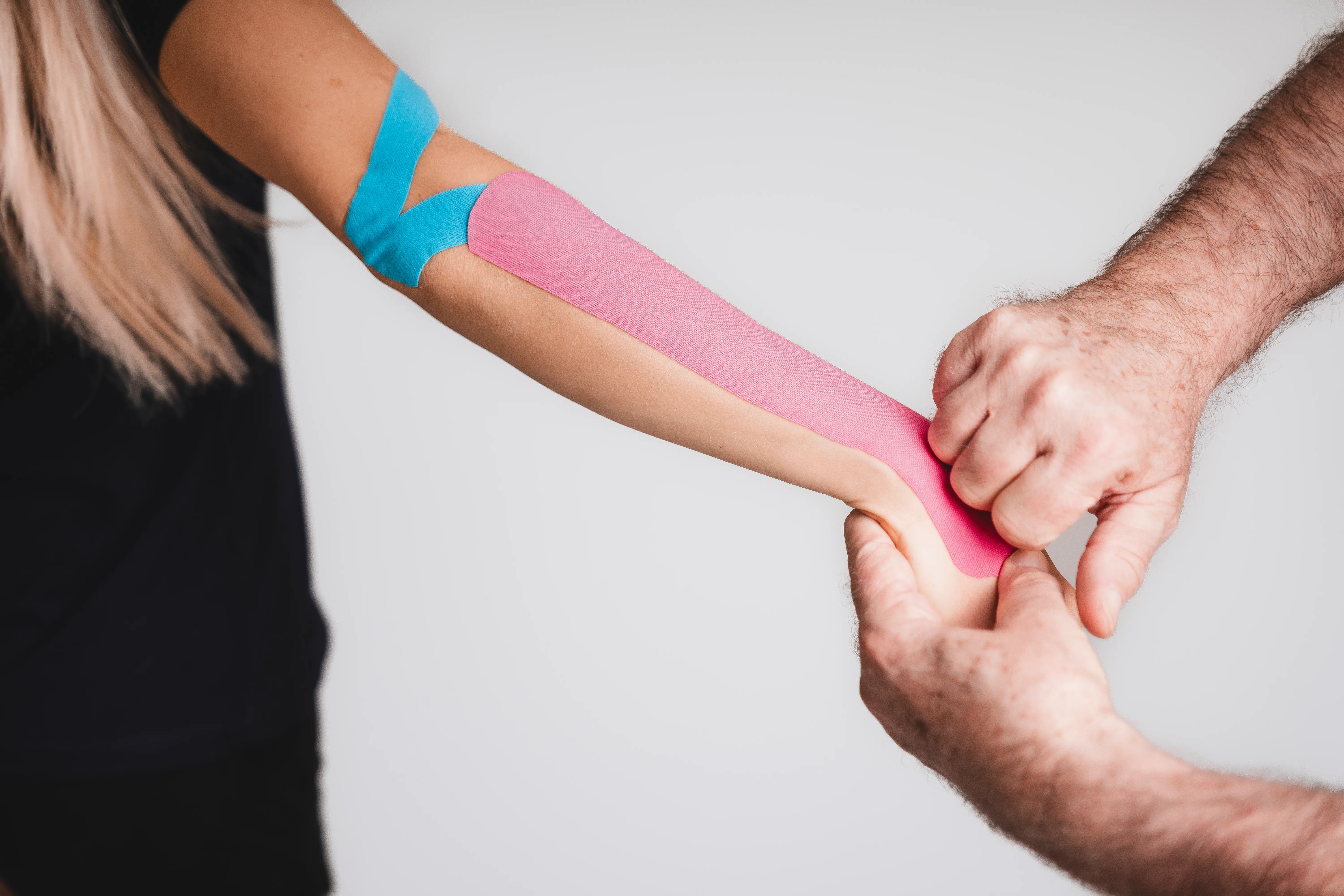General information about the elbow
The elbow is a complex joint that represents the connection between the upper arm bone (humerus), spoke (radius) and elle (ulna). This joint is essential for the mobility and functionality of the arm and allows both bending and stretching movements as well as rotating movements of the forearm. Surrounded by strong muscles, tendons and ligaments, the elbow provides stability and freedom of movement. The flexibility of the elbow plays an important role in many everyday activities such as grabbing, lifting and carrying.



